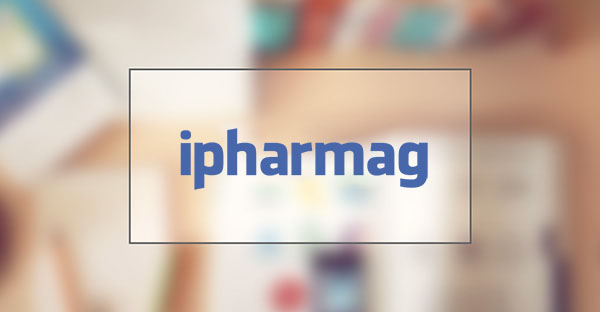Introduction
This blog post aims to provide a comprehensive overview of the pharmaceutical regulatory approval process, demystifying the steps involved and shedding light on the complexities and challenges that pharmaceutical companies face during the development of new drugs.
The Pharmaceutical Lifecycle
The pharmaceutical lifecycle encompasses four key stages: discovery, development, regulatory approval, and marketing. This article focuses on the regulatory approval process, which is a critical phase that ensures a new drug’s safety, efficacy, and quality before it can be marketed to patients.
Preclinical Research
Preclinical research, conducted in a laboratory setting, involves testing a new drug on animals to evaluate its safety, pharmacology, pharmacokinetics, and potential toxicity. Successful preclinical research is a prerequisite for moving into clinical trials.
Clinical Trials
Clinical trials are the next step, involving human participants. These trials are conducted in three phases: Phase I (safety and dosage), Phase II (efficacy and side effects), and Phase III (larger trials to confirm efficacy and monitor side effects in various populations).
Regulatory Submission
After successful completion of clinical trials, a New Drug Application (NDA) or Biologics License Application (BLA) is submitted to regulatory authorities like the U.S. Food and Drug Administration (FDA) or the European Medicines Agency (EMA). The application includes detailed data on the drug’s safety, efficacy, and quality, along with manufacturing information.
Regulatory Review
The regulatory review process typically takes several years. The FDA or EMA evaluates the application, conducts inspections of the manufacturing facility, and may request additional information or studies. If approved, the drug is given a marketing authorization.
Post-Marketing Surveillance
After approval, the drug is closely monitored for safety and efficacy in real-world settings. Adverse events and product quality complaints are reported and analyzed to ensure the drug’s continued safety and effectiveness.
Conclusion
Navigating the pharmaceutical regulatory approval process is a complex and lengthy endeavor, requiring significant investment in time, resources, and expertise. However, the process is essential for ensuring the development of safe, effective, and high-quality drugs that benefit patients worldwide.

